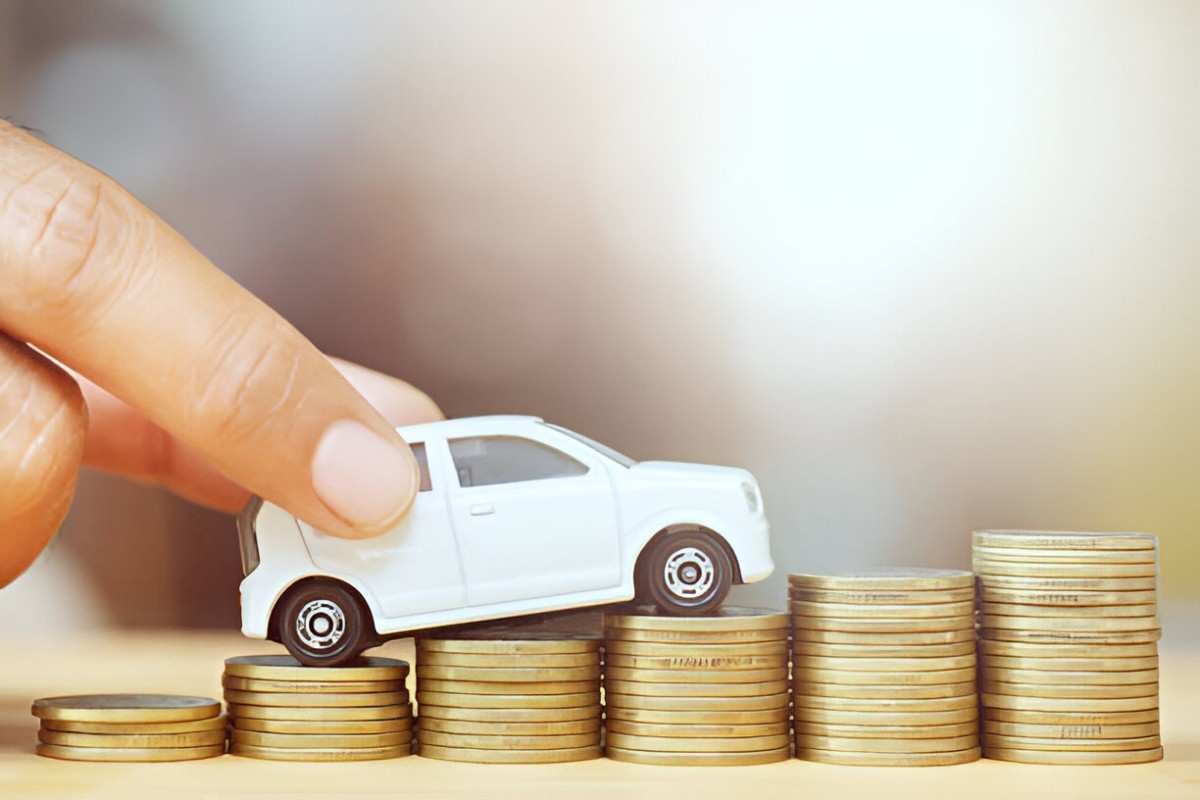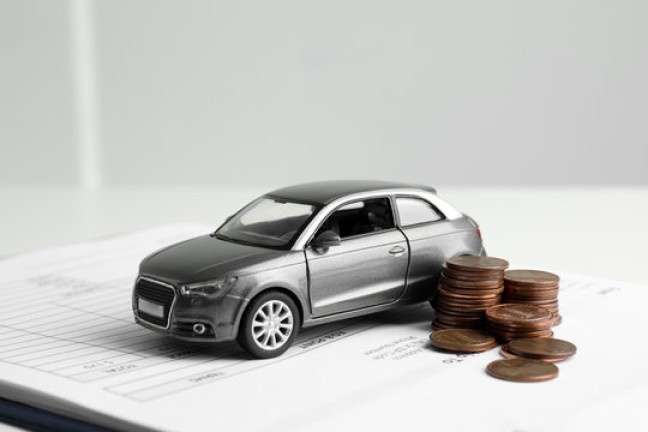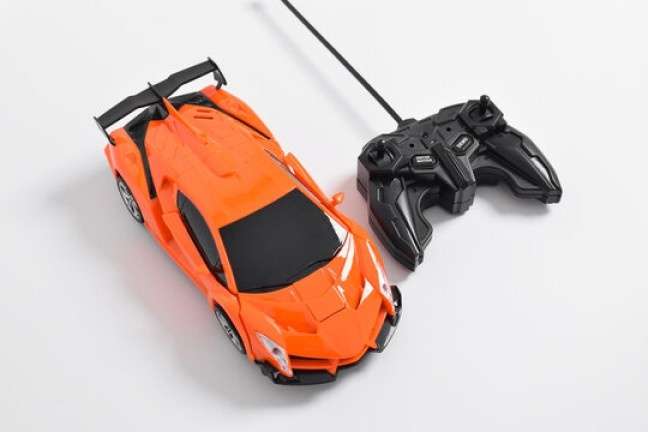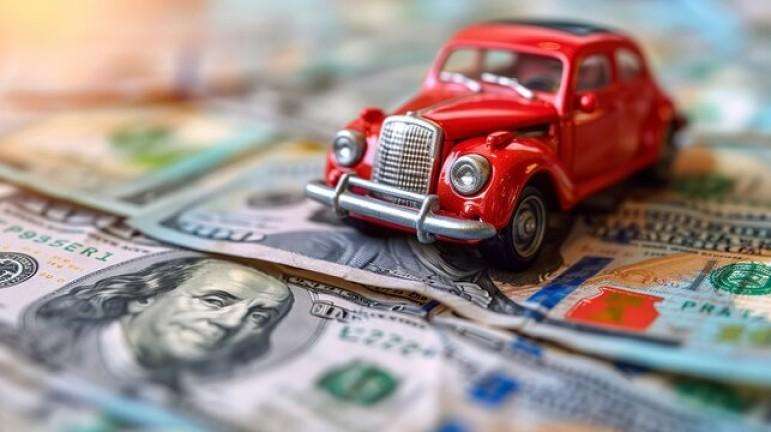As someone who’s navigated the world of car ownership, I understand how complicated things can get when it comes to trading in a financed car. Whether you’re thinking about upgrading to a new vehicle or just looking to get out of your current financial situation, the process involves several layers of decision-making that can be overwhelming. I’ve been there, and I want to share my experience and insights on the topic to help you make an informed decision.
When I first considered trading in my financed car, I had many questions. Can I even trade it in if I still owe money on it? How does the loan balance affect the trade-in value? Is there any way to avoid paying more than the car is worth? These are just a few of the concerns I faced. In this article, I’ll dive deep into the process, address common concerns, and explain what steps to take before, during, and after trading in a financed car.
Table of Contents
What Does It Mean to Trade in a Financed Car?
In simple terms, trading in a financed car means you are selling your vehicle to a dealership while you still owe money on your car loan. The dealership will offer a trade-in value, which will be applied toward the purchase of another car or paid out as part of the loan payoff. If the car is worth more than the loan balance, you may receive the difference as a down payment. On the other hand, if the loan balance is higher than the trade-in value, you will be required to cover the gap.
Let me give you a clear example of what this might look like. Imagine I still owe $15,000 on my financed car, but the dealership offers $12,000 for my trade-in. In this case, I would need to pay the remaining $3,000 out of pocket to pay off the loan.
Factors to Consider Before Trading in Your Financed Car
Before you rush to trade in your financed car, there are a few key factors I encourage you to think through. The most important ones include:
- Your Loan Balance – How much do you owe on your car loan? This is the amount the dealership will need to pay off in order for you to transfer ownership of the car. The more you owe, the harder it may be to trade the car in without any negative equity.
- The Car’s Trade-In Value – Dealerships will assess your car’s trade-in value based on factors such as its make, model, mileage, condition, and market demand. It’s essential to know how much your car is worth before heading to the dealership.
- Negative Equity – If you owe more on your car than it’s worth, this is called negative equity. If I owe $18,000 on a car that’s only worth $15,000, I have negative equity of $3,000. This will need to be covered when trading in the car, either by paying the difference upfront or rolling it into the new loan.
- Vehicle Condition – The better the condition of your car, the more likely you are to get a fair trade-in value. Be honest with yourself about its condition and try to address any minor repairs before taking it to the dealership.
- Outstanding Fees or Penalties – Sometimes, the loan agreement may include early termination fees or penalties for trading the car in before the loan term is over. Check with your lender to confirm if there are any such fees in your case.
How Negative Equity Impacts Your Trade-In
Let’s explore negative equity in more detail because it plays a huge role in the trade-in process. In my own experience, negative equity has been a challenging hurdle to overcome when trading in a car. If I owe more than my car’s trade-in value, I would have to pay the difference, or it would be added to the new loan balance for my next car.
Here’s an example to help visualize this:
| Loan Balance | Trade-In Value | Negative Equity | Amount Paid Owed |
|---|---|---|---|
| $18,000 | $15,000 | $3,000 | $3,000 (Paid out-of-pocket) |
In this case, I would need to pay $3,000 out of pocket if I wanted to move forward with the trade-in. Alternatively, some dealerships might offer the option to roll this $3,000 negative equity into the loan for the new car, which would increase the amount I owe for the new vehicle.
This could result in higher monthly payments or a longer loan term, which might be worth considering if I’m already planning to purchase a new car. However, I also need to be mindful that rolling negative equity into a new loan can create a cycle of debt if I don’t carefully manage my new financial obligations.
Should You Pay Off the Loan Before Trading in?
One option I considered before trading in my financed car was paying off the loan completely. This strategy eliminates negative equity and gives me a clean slate for the trade-in. However, paying off the loan before trading in the car may not always be feasible or the most practical choice. If I have the funds available, paying off the loan will simplify the process and ensure I don’t have to worry about any remaining loan balance during the trade-in.
Here’s a comparison of the two options:
| Option | Pros | Cons |
|---|---|---|
| Pay off the loan first | Clear ownership, no negative equity | Can be expensive, requires cash upfront |
| Trade in with loan balance | Can lower the amount I owe upfront | Can add negative equity to the new loan |
For some, paying off the loan may not be a viable option, especially if they are facing financial constraints. If that’s the case, rolling negative equity into a new loan may be a practical solution, but it should be approached cautiously.
Impact of Trade-In on Your New Car Purchase
After trading in my financed car, I can use the trade-in value to lower the cost of my next car purchase. The dealership will typically apply the trade-in value as a down payment for the new vehicle. The amount you get from the trade-in can significantly impact the terms of your new loan, including the loan amount, interest rate, and monthly payments.
Here’s an example of how this works:
| Vehicle Price | Trade-In Value | New Loan Amount | Monthly Payments |
|---|---|---|---|
| $25,000 | $7,000 | $18,000 | $300 |
In this scenario, the trade-in value of $7,000 helps reduce the amount I need to finance for the new car. If I had not traded in my car, I would have needed to finance the full $25,000, which would result in higher monthly payments.
The Steps I Took When Trading In My Financed Car
When I decided to trade in my financed car, I followed a few key steps to ensure the process went smoothly:
- Research the Market – I started by researching my car’s value using online tools like Kelley Blue Book and Edmunds. This gave me a ballpark idea of what I could expect as a trade-in offer.
- Check My Loan Balance – I contacted my lender to get an exact payoff amount, including any interest and fees. This was important because it helped me understand the gap between what I owed and what the dealership would offer for my car.
- Visit Multiple Dealerships – I didn’t settle for the first offer. I visited a few dealerships to compare trade-in offers. This allowed me to negotiate and potentially get a better deal.
- Consider the New Loan – I also factored in the terms of the new loan I would take out for my next car. I made sure the monthly payments fit within my budget and reviewed the interest rates to ensure I was getting a fair deal.
- Understand the Tax Implications – In some states, the trade-in value of your car can reduce the taxable amount on your new car purchase. I checked with the dealership to see if this would apply to me.
Conclusion
Trading in a financed car is absolutely possible, but it requires careful planning and consideration. Whether you’re dealing with negative equity or trying to make the most of your trade-in value, understanding the trade-in process is crucial. From assessing your loan balance to negotiating the best deal, I’ve learned that the more information you have, the better equipped you’ll be to make an informed decision.
I recommend taking the time to research your car’s value, check your loan balance, and weigh your options carefully. If you find yourself in a situation where negative equity is a concern, remember that there are options to roll the balance into a new loan, but be mindful of the long-term financial implications.
Ultimately, the goal is to find a solution that works for your current financial situation and helps you achieve your car ownership goals. If you approach the process with the right knowledge and strategy, you can trade in your financed car smoothly and confidently





